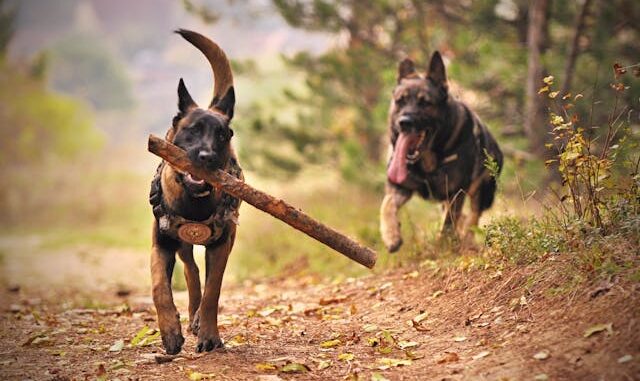
In the diverse province of Ontario, where families and their beloved pets thrive, ensuring the safety of communities remains paramount. While dogs typically bring joy and companionship, instances of aggression or attacks can occur, posing risks to both humans and other animals. Understanding the process of reporting dog attacks and the role of animal control agencies is essential in promptly addressing such incidents and preventing future harm. This article delves into the information animal control is likely to request and the recommended timeframe for reporting such incidents in Ontario.
When a dog attack occurs, time is of the essence in ensuring the safety of all involved parties. Reporting the incident promptly enables animal control authorities to intervene swiftly and implement necessary measures to mitigate risks. While there may not be a strict legal timeframe for reporting dog attacks in Ontario, immediate action is highly encouraged to facilitate a timely response.
Upon receiving a report of a dog attack, animal control agencies typically request specific information to assess the situation thoroughly. This information helps authorities understand the circumstances surrounding the incident and formulate an appropriate response. Some of the key details that animal control is likely to request include:
- Location and Time of the Incident:
Providing the precise location and time of the dog attack allows animal control officers to respond promptly to the scene. This information enables them to assess the area for potential safety risks and gather relevant evidence. - Description of the Dog(s) Involved:
A detailed description of the dog(s) involved in the attack is crucial for animal control authorities to identify and locate the animals. Information such as breed, size, color, and any distinguishing features can aid in their search efforts. - Injuries Sustained:
Describing the injuries sustained by victims, whether humans or other animals, helps animal control officers gauge the severity of the incident. This information influences the urgency of their response and the level of medical attention required for the victims. - Contact Information of Witnesses:
Collecting contact information from witnesses to the dog attack allows animal control authorities to gather firsthand accounts of the incident. Witness testimonies can provide valuable insights into the events leading up to the attack and help corroborate details provided by the reporting party. - Ownership Information (if known):
If the dog(s) involved in the attack are known to the reporting party, providing ownership information, such as the owner’s name and contact details, facilitates communication between animal control and the responsible party. This information is crucial for enforcing regulations and ensuring accountability.
While reporting dog attacks promptly is encouraged, there may not be a strict legal timeframe stipulated in Ontario’s regulations. However, delaying the reporting process can hinder animal control authorities’ ability to respond effectively and may prolong the risk posed by aggressive dogs in the community. Therefore, it is advisable to report dog attacks as soon as possible after the incident occurs.
In addition to providing the aforementioned information, individuals reporting dog attacks should remain cooperative and accessible to animal control authorities throughout the investigation process. Cooperation helps expedite the resolution of the incident and ensures that appropriate measures are taken to prevent similar occurrences in the future.
Animal control agencies in Ontario play a pivotal role in responding to dog attacks and promoting public safety. By promptly reporting incidents and providing essential information, residents contribute to the collective effort in safeguarding communities from potential risks posed by aggressive dogs. Together, we can create environments where both humans and animals can coexist harmoniously, free from the threat of harm.
